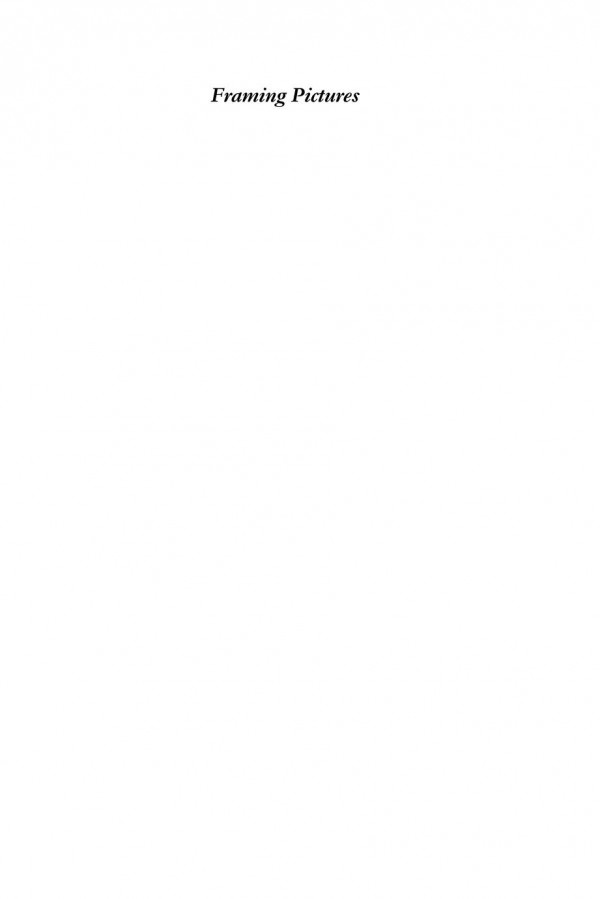

Most ebook files are in PDF format, so you can easily read them using various software such as Foxit Reader or directly on the Google Chrome browser.
Some ebook files are released by publishers in other formats such as .awz, .mobi, .epub, .fb2, etc. You may need to install specific software to read these formats on mobile/PC, such as Calibre.
Please read the tutorial at this link: https://ebookbell.com/faq
We offer FREE conversion to the popular formats you request; however, this may take some time. Therefore, right after payment, please email us, and we will try to provide the service as quickly as possible.
For some exceptional file formats or broken links (if any), please refrain from opening any disputes. Instead, email us first, and we will try to assist within a maximum of 6 hours.
EbookBell Team

4.7
56 reviewsThrough the feature films and documentaries of directors including Emmer, Erice, Godard, Hitchcock, Pasolini, Resnais, Rossellini and Storck, Jacobs examines the way films 'animate' artworks by means of cinematic techniques, such as camera movements and editing, or by integrating them into a narrative.
He explores how this 'mobilization' of the artwork is brought into play in art documentaries and artist biopics, as well as in feature films containing key scenes situated in museums. The tension between stasis and movement is also discussed in relation to modernist cinema, which often includes tableaux vivants combining pictorial, sculptural and theatrical elements. This tension also marks the aesthetics of the film still, which have inspired prominent art photographers such as Cindy Sherman and Jeff Wall.
Illustrated throughout, Jacobs' study of the presence of art in film, alongside the omnipresence of the filmic image in today's art museums, is an engaging work for students and scholars of film and art alike.